Kids Training Gear In Sports
Building Confidence And Safety From The Ground Up
When children step onto the field, court, or track, they bring more than just energy and enthusiasm. They bring developing bodies, growing minds, and a need for structured support. Training gear plays a pivotal role in shaping their athletic journey. From safety to skill development, the right equipment can be the difference between thriving and struggling. It’s not just about looking the part—it’s about feeling prepared, protected, and empowered. As youth sports become more competitive and physically demanding, the importance of age-appropriate gear grows. Parents, coaches, and communities must understand how gear influences performance, confidence, and injury prevention. This is not a luxury—it’s a necessity. Investing in proper training gear is an investment in a child’s physical and emotional development.

Reducing Risk And Skill Development
Physical Development – Supporting Growing Bodies With The Right Tools
Children’s bodies are in constant flux. Bones are still forming, muscles are developing, and coordination is evolving. Training gear tailored to their size and stage of growth helps prevent strain and injury. Shoes with proper fittings like arch support, fitting helmets, and pads that don’t restrict or lower movement all contribute to safe play. Ill-fitting gear can lead to long-term issues, from joint misalignment to chronic pain. Lightweight materials reduce fatigue and allow for longer, more effective practice sessions. Adjustable gear accommodates growth spurts without compromising safety. Proper equipment also encourages correct posture and technique. When gear supports rather than hinders, kids can focus on learning and enjoying the game. This foundation is essential for long-term athletic health.
| Gear Type | Developmental Benefit | Risk Without It |
|---|---|---|
| Proper Footwear | Supports arches and balance | Ankle sprains, poor posture |
| Helmets | Protects developing skulls | Concussions, head trauma |
| Shin Guards | Shields fragile bones | Bruising, fractures |
| Gloves | Enhances grip and hand safety | Blisters, finger injuries |
| Adjustable Pads | Grows with the child | Restricted movement |
Psychological Confidence – Feeling Equipped To Compete
Confidence is a cornerstone of youth sports. When kids wear gear that fits well and functions properly, they feel more capable. This psychological boost translates into better performance and greater willingness to try new skills. Gear that mirrors professional standards can make children feel like real athletes. It also reduces anxiety about injury, allowing them to focus on the game. Uniforms and matching team gear foster a sense of belonging and pride. When children feel prepared, they’re more likely to take initiative and show leadership. Confidence built through proper gear spills over into other areas of life. It teaches kids that preparation leads to success. This mindset is invaluable both on and off the field.
- Proper gear reduces fear of injury
- Matching uniforms build team identity
- Well-fitted equipment boosts self-esteem
- Professional-style gear inspires ambition
- Safety gear encourages risk-taking in skill development
- Confidence improves focus and decision-making
- Feeling equipped enhances enjoyment
- Gear can symbolize achievement and progress
- Preparedness fosters resilience
- Confidence in sports supports academic and social growth
Injury Prevention – Reducing Risk Through Smart Design
Injuries are a leading concern in youth sports. Children are more vulnerable due to their developing bones and joints. Training gear acts as a buffer between the body and impact. Helmets, pads, and guards absorb shock and distribute force. Shoes with proper grip prevent slips and falls. Compression wear can support muscles and reduce fatigue. Mouthguards protect teeth and reduce concussion risk. The right gear doesn’t just react to injury—it prevents it. Coaches and parents must ensure gear is regularly inspected and replaced when worn. Prevention is always more effective than treatment.
| Injury Type | Common Cause Without Gear | Protective Gear Solution |
|---|---|---|
| Concussions | Head impact in contact sports | Fitted helmets |
| Sprains and Strains | Poor footwear or overuse | Supportive shoes, braces |
| Fractures | Direct hits or falls | Shin guards, elbow pads |
| Dental Injuries | Facial collisions | Mouthguards |
| Overuse Injuries | Repetitive motion without support | Compression sleeves |
Skill Development – Enhancing Technique With Specialized Equipment
Training gear is not just about safety—it’s also about skill. Cones, agility ladders, resistance bands, and balance boards help children develop coordination and strength. These tools break down complex movements into manageable drills. They also make practice more engaging and fun. Using gear designed for youth ensures exercises are age-appropriate. Lightweight balls, smaller bats, and adjustable nets allow kids to learn proper form. This builds muscle memory and prevents bad habits. Skill-specific gear helps isolate and improve key abilities. It also allows for progressive training as children grow. Mastery of fundamentals is easier with the right tools. This sets the stage for long-term athletic success.
- Agility ladders improve foot speed
- Cones enhance spatial awareness
- Resistance bands build strength safely
- Smaller balls teach control and accuracy
- Adjustable nets support proper technique
- Balance boards develop core stability
- Training hurdles improve coordination
- Weighted vests increase endurance gradually
- Reaction balls sharpen reflexes
- Skill gear makes practice more dynamic
Performance Optimization – Helping Kids Train Smarter, Not Just Harder
Training gear is essential for maximizing performance in youth sports. It allows children to train with precision and efficiency. For example, heart rate monitors and GPS trackers help coaches tailor workouts to individual needs. Lightweight gear reduces fatigue, enabling longer sessions without compromising form. Proper footwear enhances traction and speed, while breathable fabrics regulate temperature. Equipment designed for youth ensures that drills are scaled appropriately. This prevents burnout and encourages steady progress. When gear supports performance, children are more likely to enjoy training and stick with their sport. It also helps coaches identify areas for improvement. Smart gear transforms training from guesswork into science.
| Gear Feature | Performance Benefit | Youth-Specific Advantage |
|---|---|---|
| Lightweight Design | Reduces fatigue | Easier movement for smaller bodies |
| Breathable Fabric | Regulates temperature | Prevents overheating |
| GPS Tracking | Monitors movement and speed | Tailors drills to ability level |
| Heart Rate Monitor | Tracks exertion | Prevents overtraining |
| Traction Footwear | Improves speed and control | Reduces slips and falls |
Making Sports Safe And Reducing Risk
Inclusivity And Accessibility – Making Sports Safe For Every Child
Training gear plays a vital role in making sports inclusive. Children with disabilities or special needs benefit from adaptive equipment. This includes modified bats, wheelchairs designed for sport, and sensory-friendly fabrics. Gear also helps level the playing field for kids from different socioeconomic backgrounds. Affordable, durable options ensure that no child is excluded due to cost. Gender-specific gear respects anatomical differences and promotes comfort. Cultural considerations in design can foster belonging and respect. When gear is inclusive, participation rises. It sends a message that every child deserves a chance to play. Accessibility in gear design reflects broader values of equity and care.
- Adaptive gear supports children with physical disabilities
- Sensory-friendly materials help neurodiverse athletes
- Affordable options increase participation
- Gender-specific gear improves comfort and safety
- Cultural design elements foster inclusion
- Adjustable sizing accommodates diverse body types
- Lightweight gear supports children with mobility challenges
- Inclusive gear promotes team diversity
- Accessibility boosts self-esteem and engagement
- Equity in gear reflects community values
Long-Term Athletic Identity – Shaping Future Athletes From Day One
Training gear influences how children see themselves as athletes. Wearing gear that fits and functions well helps them internalize the identity of a sportsperson. This shapes their motivation and commitment. Gear becomes part of their routine, reinforcing discipline and focus. It also connects them to role models who wear similar equipment. Over time, this builds a sense of pride and purpose. Children begin to set goals and visualize future achievements. Gear can symbolize progress—moving from beginner to advanced levels. It also helps kids understand the importance of preparation. Athletic identity formed early can lead to lifelong engagement with sport.
| Identity Element | Gear Influence | Long-Term Impact |
|---|---|---|
| Self-Perception | Feeling equipped and capable | Increased motivation |
| Routine Discipline | Gear as part of daily practice | Strong work ethic |
| Role Model Emulation | Wearing similar gear | Aspirational mindset |
| Progress Milestones | Upgrading gear with skill | Sense of achievement |
| Goal Setting | Visualizing future success | Long-term sport engagement |
Team Cohesion – Building Unity Through Shared Equipment Standards
Training gear fosters team cohesion. Uniforms and matching gear create a visual sense of unity. This strengthens group identity and pride. Shared equipment standards ensure fairness and consistency. When every child has access to the same quality gear, it reduces feelings of inequality. Gear also facilitates communication—such as color-coded cones or jerseys for drills. It helps coaches organize sessions efficiently. Team-branded gear builds loyalty and connection. Children feel part of something larger than themselves. This boosts morale and cooperation. Cohesion built through gear translates into better teamwork and sportsmanship.
- Uniforms promote team identity
- Matching gear reduces inequality
- Shared standards ensure fairness
- Color-coded gear aids communication
- Branded items build loyalty
- Cohesion improves morale
- Gear supports organized drills
- Team gear fosters pride
- Unity enhances cooperation
- Equipment rituals strengthen bonds

Environmental Sports Play – Preparing Kids For Ecological Diverse Conditions
Training gear helps children adapt to different environments. Weather-appropriate clothing ensures safety in heat, cold, or rain. Cleats and turf shoes allow play on varied surfaces. Sunglasses and visors protect eyes in bright conditions. Hydration packs support endurance in hot climates. Layered gear allows flexibility as conditions change. This prepares kids for tournaments and travel. It also teaches them to respect nature and plan ahead. Environmental adaptation through gear builds resilience. It ensures that training continues safely, regardless of location. Gear becomes a tool for learning and survival.
| Condition | Gear Solution | Benefit For Youth Athletes |
|---|---|---|
| Heat | Breathable fabrics, hydration packs | Prevents overheating |
| Cold | Thermal layers, gloves | Maintains body temperature |
| Rain | Waterproof jackets, grip shoes | Reduces slips and discomfort |
| Bright Sunlight | Sunglasses, visors | Protects eyes and improves focus |
| Mixed Terrain | Cleats, turf shoes | Enhances stability and safety |
Inclusive Design – Why Training Gear Must Support Disabled Young Athletes
Children with disabilities deserve the same opportunities to participate, grow, and thrive in sports as any other child. Training gear plays a critical role in making that possible. Adaptive equipment—such as sport-specific wheelchairs, grip-modified gloves, and sensory-friendly fabrics—transforms the field into a space of possibility. It’s not just about access; it’s about dignity, performance, and belonging. When gear is designed with inclusivity in mind, it empowers disabled athletes to train safely and confidently. It also signals to teammates and coaches that every child’s contribution matters. Proper gear reduces injury risk by accommodating mobility differences and sensory needs. It helps children focus on skill development rather than discomfort or exclusion. Inclusive gear also fosters emotional resilience, allowing disabled athletes to build identity and pride through sport. Communities must prioritize gear that adapts to diverse bodies and abilities—not as an afterthought, but as a standard. When disabled children are equipped with purpose-built gear, they don’t just participate—they lead, inspire, and redefine what strength looks like.
| Adaptive Gear Type | Purpose And Benefit | Example Use Case |
|---|---|---|
| Sports Wheelchairs | Mobility and stability in dynamic movement | Basketball, racing, tennis |
| Grip-Modified Gloves | Enhanced control for limited dexterity | Goalkeeping, batting, wheelchair push |
| Sensory-Friendly Fabrics | Comfort for neurodiverse athletes | Reduces overstimulation during play |
| Adjustable Shin Guards | Fit for prosthetics or limb differences | Soccer, hockey |
| Visual-Aid Equipment | High-contrast markers for low vision | Drill cones, field boundaries |
Habit Formation – Reinforcing Discipline Through Routine And Gear
Training gear helps children build consistent habits. Putting on cleats, adjusting pads, and packing water bottles become rituals that signal readiness. These habits teach time management and responsibility. Gear also encourages cleanliness and care—children learn to maintain their equipment. This builds respect for tools and the sport itself. Routine use of gear fosters discipline that extends beyond athletics. It helps children understand that success comes from consistency. Gear becomes a symbol of commitment. Over time, these habits shape character and resilience.
| Habit Type | Gear Role | Developmental Benefit |
|---|---|---|
| Preparation Rituals | Dressing and packing gear | Builds focus and readiness |
| Time Management | Gear as part of schedule | Encourages punctuality |
| Responsibility | Caring for equipment | Teaches ownership and pride |
| Cleanliness | Maintaining hygiene standards | Promotes health and respect |
| Consistency | Daily gear use | Reinforces discipline |
Parental Engagement – Strengthening Bonds Through Shared Gear Decisions
Training gear offers opportunities for parental involvement. Choosing gear together allows parents and children to discuss safety, comfort, and style. This builds trust and communication. Parents can teach children how to evaluate quality and fit. Gear purchases become moments of shared excitement and learning. Involvement in gear maintenance fosters teamwork at home. Parents also gain insight into their child’s sport and progress. This strengthens emotional connection and support. Gear becomes a bridge between generations. It allows parents to model values like preparedness and care. Engaged parents are more likely to attend games and practices. This boosts morale and performance.
- Gear selection encourages shared decision-making
- Parents teach quality and fit evaluation
- Maintenance builds teamwork at home
- Shared excitement strengthens bonds
- Gear connects parents to sport culture
- Involvement boosts emotional support
- Parents model discipline and care
- Gear rituals become family traditions
- Engagement improves child morale
- Support enhances performance and enjoyment
Economic Impact – Understanding Cost And Value In Youth Sports Gear
Training gear has economic implications for families and communities. Quality gear can be expensive, but it often lasts longer and provides better protection. Budget-friendly options must balance affordability with safety. Communities may offer gear exchanges or rental programs to reduce costs. Understanding the value of gear helps families make informed choices. Investing in durable items can save money over time. Economic awareness also teaches children about budgeting and priorities. Sponsorships and grants can support access for underserved youth. Gear costs influence participation rates and equity. Transparent pricing and education empower families. The economics of gear reflect broader social dynamics.
| Economic Factor | Gear Consideration | Impact On Families |
|---|---|---|
| Initial Cost | Price of new gear | Budget planning required |
| Durability | Longevity of materials | Long-term savings |
| Safety vs Cost | Balancing quality and price | Informed decision-making |
| Community Programs | Exchanges and rentals | Increased access |
| Sponsorships | Financial support for gear | Equity in participation |
Cultural Identity – Expressing Heritage And Pride Through Gear Design
Training gear can reflect cultural identity. Colors, symbols, and styles may honor heritage and community values. This fosters pride and belonging. Gear design can include indigenous patterns, national flags, or local emblems. Children feel seen and respected when their culture is represented. It also educates teammates and coaches about diversity. Cultural gear promotes inclusivity and dialogue. It helps children connect sport with personal history. This deepens engagement and meaning. Gear becomes a canvas for storytelling. Respectful design choices build bridges across backgrounds. Cultural identity expressed through gear strengthens team unity and self-esteem.
- Gear design reflects heritage
- Symbols promote pride and belonging
- Cultural elements educate teammates
- Inclusivity fosters respect
- Gear connects sport to personal history
- Design choices deepen engagement
- Storytelling through gear builds meaning
- Representation boosts self-esteem
- Cultural gear strengthens unity
- Diversity enriches team experience
Environmental Responsibility – Choosing Sustainable Gear For Future Generations
Training gear choices affect the environment. Sustainable materials reduce waste and pollution. Recycled fabrics and biodegradable packaging are increasingly available. Families can choose gear from eco-conscious brands. This teaches children about environmental stewardship. Proper disposal and donation of old gear prevent landfill buildup. Gear sharing programs reduce consumption. Coaches and leagues can promote green practices. Environmental responsibility in gear choices reflects broader values. It prepares children to think critically about impact. Sustainable gear supports both sport and planet. Responsibility begins with informed choices.
| Sustainability Factor | Gear Practice | Environmental Benefit |
|---|---|---|
| Material Choice | Recycled or organic fabrics | Reduces resource use |
| Packaging | Minimal or biodegradable | Lowers plastic waste |
| Disposal | Donation or recycling | Prevents landfill buildup |
| Brand Ethics | Eco-conscious sourcing | Supports responsible production |
| Gear Sharing | Community reuse programs | Reduces consumption |
Coach Efficiency – Enhancing Instruction With Purpose-Built Training Gear
Training gear streamlines coaching. It allows instructors to run efficient, targeted sessions. Cones, hurdles, and agility tools help organize drills and track progress. Gear also enables differentiation—coaches can tailor activities to skill levels. Visual aids like colored bibs or markers improve communication. Equipment supports structured warm-ups and cooldowns. It reduces downtime and confusion. Coaches can focus on technique rather than logistics. Gear also helps with data collection and performance analysis. When gear is reliable and accessible, coaching becomes more impactful. It transforms practice into a well-oiled system.
| Coaching Element | Gear Contribution | Benefit For Youth Athletes |
|---|---|---|
| Drill Organization | Cones, ladders, hurdles | Clear structure and flow |
| Skill Differentiation | Adjustable gear | Tailored instruction |
| Communication | Color-coded markers | Improved clarity |
| Warm-Up Efficiency | Resistance bands, mats | Safer preparation |
| Data Tracking | Performance tools | Informed coaching decisions |

Safety Culture – Promoting Responsibility And Awareness Through Gear Use
Training gear instills a culture of safety. Children learn to respect boundaries and follow protocols. Wearing helmets and pads becomes second nature. This builds awareness of risk and responsibility. Coaches use gear to teach proper technique and injury prevention. Safety becomes part of the sport’s language. Gear also signals seriousness—children understand that rules matter. When safety is embedded in gear use, it reduces accidents. It also fosters mutual respect among teammates. Gear becomes a tool for education, not just protection. A strong safety culture supports long-term participation and trust.
- Gear reinforces safety protocols
- Helmets and pads build risk awareness
- Coaches teach technique through gear
- Safety becomes part of sport language
- Gear signals seriousness and discipline
- Respect for gear fosters team trust
- Safety culture reduces accidents
- Children internalize responsibility
- Gear supports long-term participation
- Education through gear builds resilience
Sport-Specific Needs – Tailoring Gear To The Demands Of Each Discipline
Different sports require different gear. Soccer demands shin guards and cleats, while gymnastics needs grips and mats. Tailored gear ensures safety and performance in each discipline. It also teaches children the nuances of their sport. Sport-specific gear supports correct technique and movement. It prevents cross-sport injuries caused by inappropriate equipment. Coaches must ensure gear matches the sport’s demands. This builds respect for specialization. Children learn that each sport has its own culture and tools. Gear becomes a gateway to deeper understanding. It also helps children choose sports that fit their interests and bodies.
| Sport | Essential Gear | Purpose And Benefit |
|---|---|---|
| Soccer | Cleats, shin guards | Traction and leg protection |
| Basketball | High-top shoes, knee pads | Ankle support and impact safety |
| Gymnastics | Grips, mats | Hand safety and landing support |
| Swimming | Goggles, swim caps | Vision and hydrodynamics |
| Baseball | Gloves, helmets | Catching and head protection |
Emotional Regulation – Using Gear To Channel Energy And Focus
Training gear helps children manage emotions. Putting on gear signals a shift into focus mode. It creates a boundary between play and performance. This helps children regulate excitement, anxiety, and frustration. Gear rituals calm nerves before competition. Weighted vests or compression wear can soothe sensory needs. Structured gear use builds emotional resilience. Children learn to associate gear with discipline and control. It becomes a tool for self-regulation. Coaches can use gear transitions to teach mindfulness. Emotional regulation through gear supports mental health and performance. It prepares children for high-pressure situations.
- Gear signals focus and readiness
- Rituals calm pre-game nerves
- Compression wear soothes sensory needs
- Boundaries reduce emotional overload
- Gear builds discipline and control
- Coaches teach mindfulness through gear
- Emotional regulation supports performance
- Gear transitions aid mental preparation
- Children learn to manage pressure
- Gear fosters resilience and confidence
Technology Integration – Embracing Innovation In Youth Training Gear
Modern training gear includes technology. Smart fabrics track movement and temperature. Wearables monitor heart rate and hydration. Apps sync with gear to provide feedback. This enhances coaching and self-awareness. Children learn to interpret data and adjust behavior. Technology makes training more interactive and fun. It also supports remote coaching and virtual drills. Gear becomes part of a digital ecosystem. Innovation prepares children for future athletic environments. It teaches adaptability and curiosity. Technology in gear bridges sport and science.
| Tech Feature | Gear Application | Youth Benefit |
|---|---|---|
| Smart Fabric | Tracks motion and heat | Prevents overexertion |
| Wearables | Monitors heart rate | Supports safe training |
| App Integration | Syncs drills and feedback | Enhances learning |
| Virtual Coaching | Remote instruction | Expands access |
| Data Visualization | Performance charts | Builds self-awareness |
Conclusion – Equipping The Next Generation With Purpose And Care
Kids training gear is more than fabric and foam—it’s a foundation for growth. It supports physical development, emotional resilience, and social connection. Gear teaches discipline, safety, and identity. It empowers children to train with confidence and clarity. From cones to compression sleeves, every item plays a role. Communities must prioritize access, quality, and education around gear. When children are properly equipped, they thrive. They learn to respect their bodies, their teammates, and their sport. Gear becomes a symbol of care and commitment. It’s not just what they wear—it’s how they grow.
Join The Discussion – What Gear Made A Difference In Your Youth?
Training gear is more than just equipment—it’s a reflection of how we prepare, protect, and empower young athletes. Whether you’re a parent, coach, or former player, your experience matters. How did gear shape your confidence, safety, or sense of belonging in sport? What changes do you want to see in how we equip the next generation?
#YouthSportsGear #TrainWithPurpose #SafeStrongConfident #EquipToEmpower #SportStartsHere


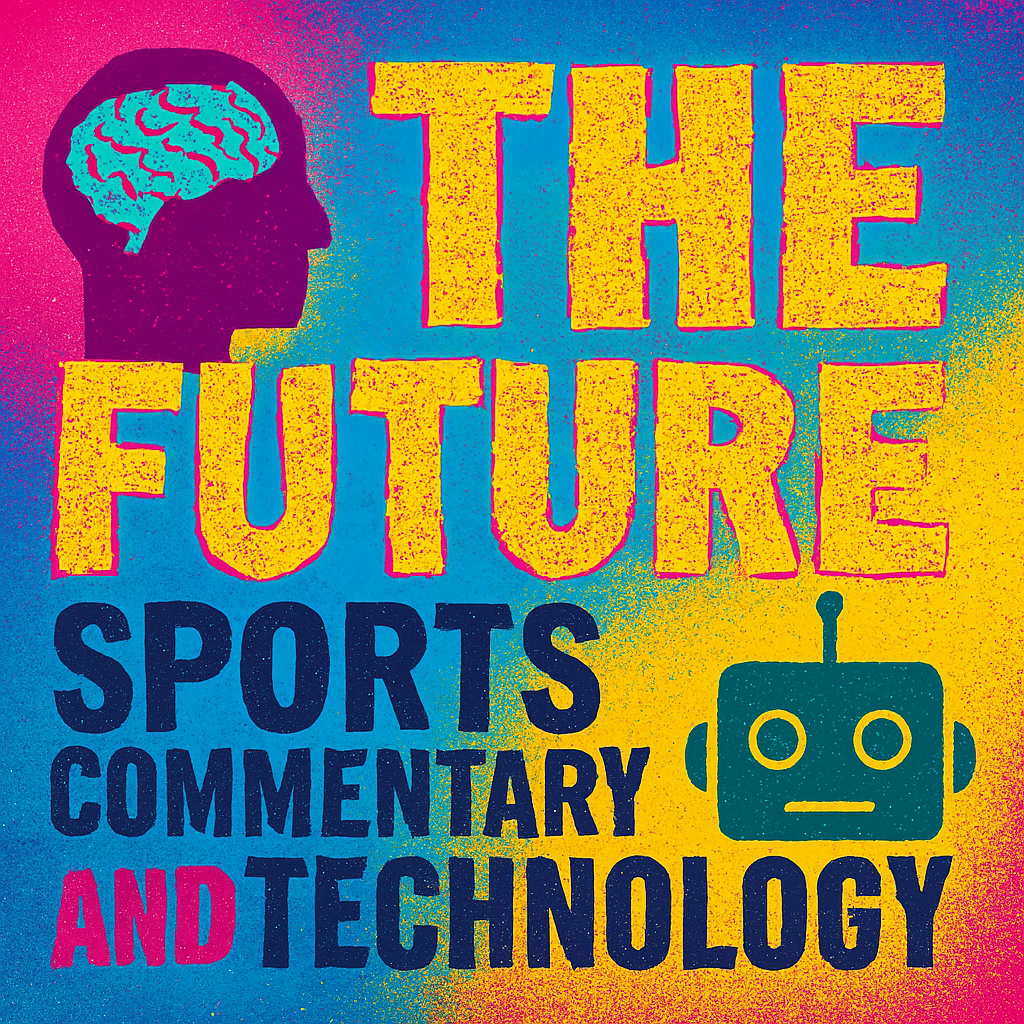
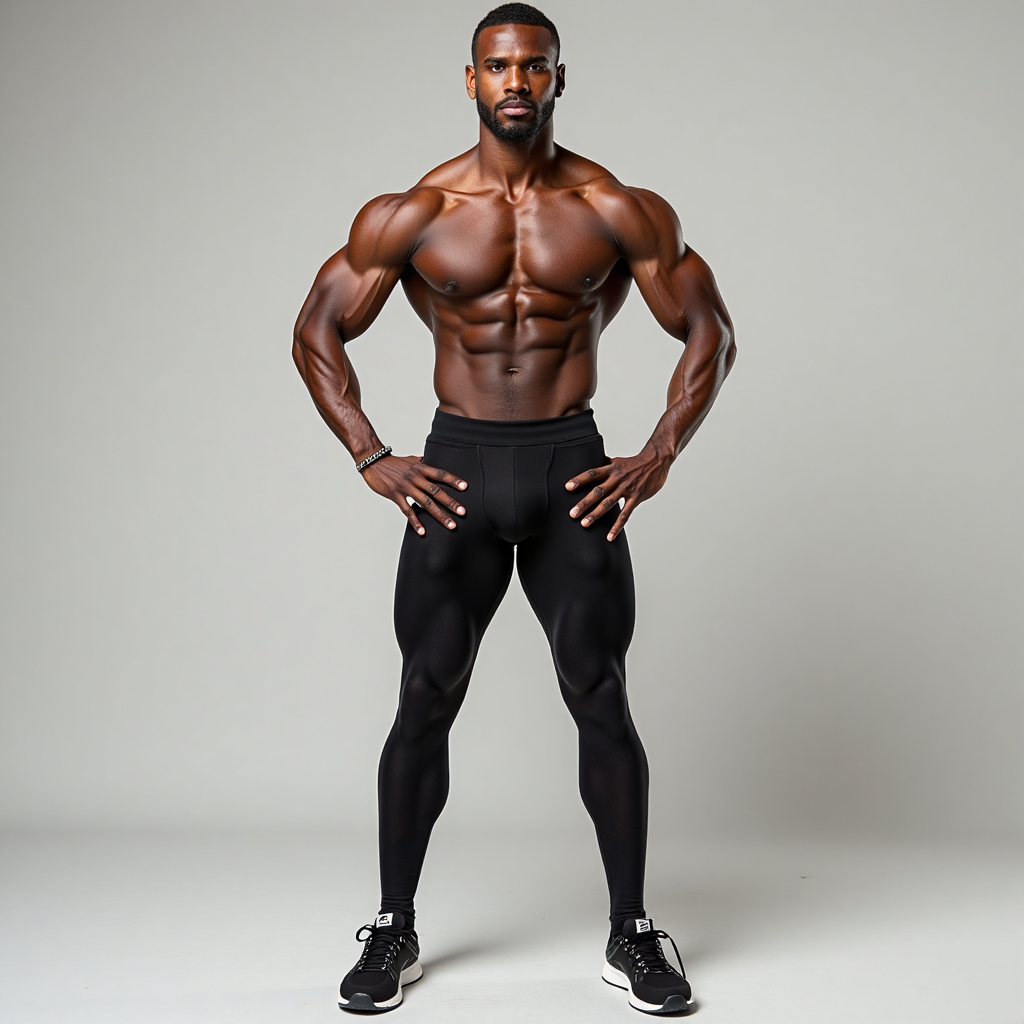
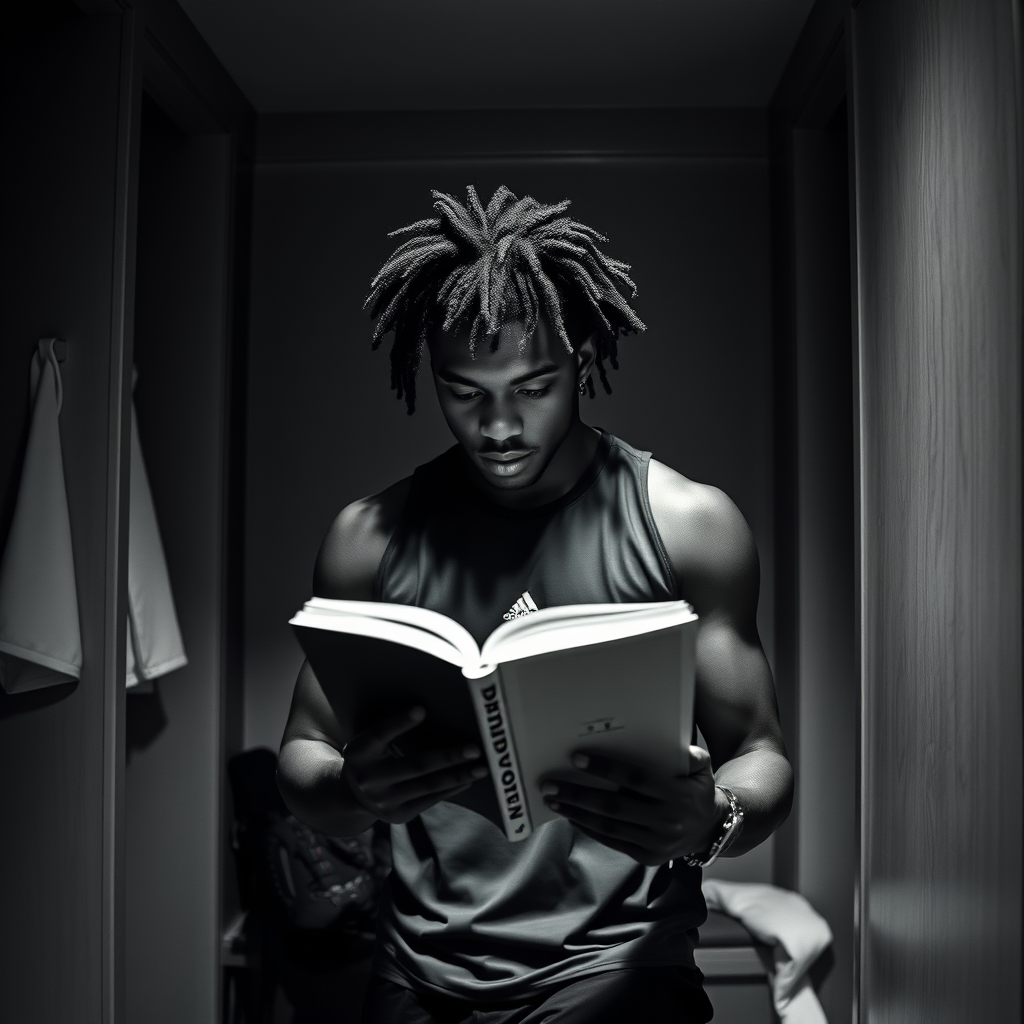


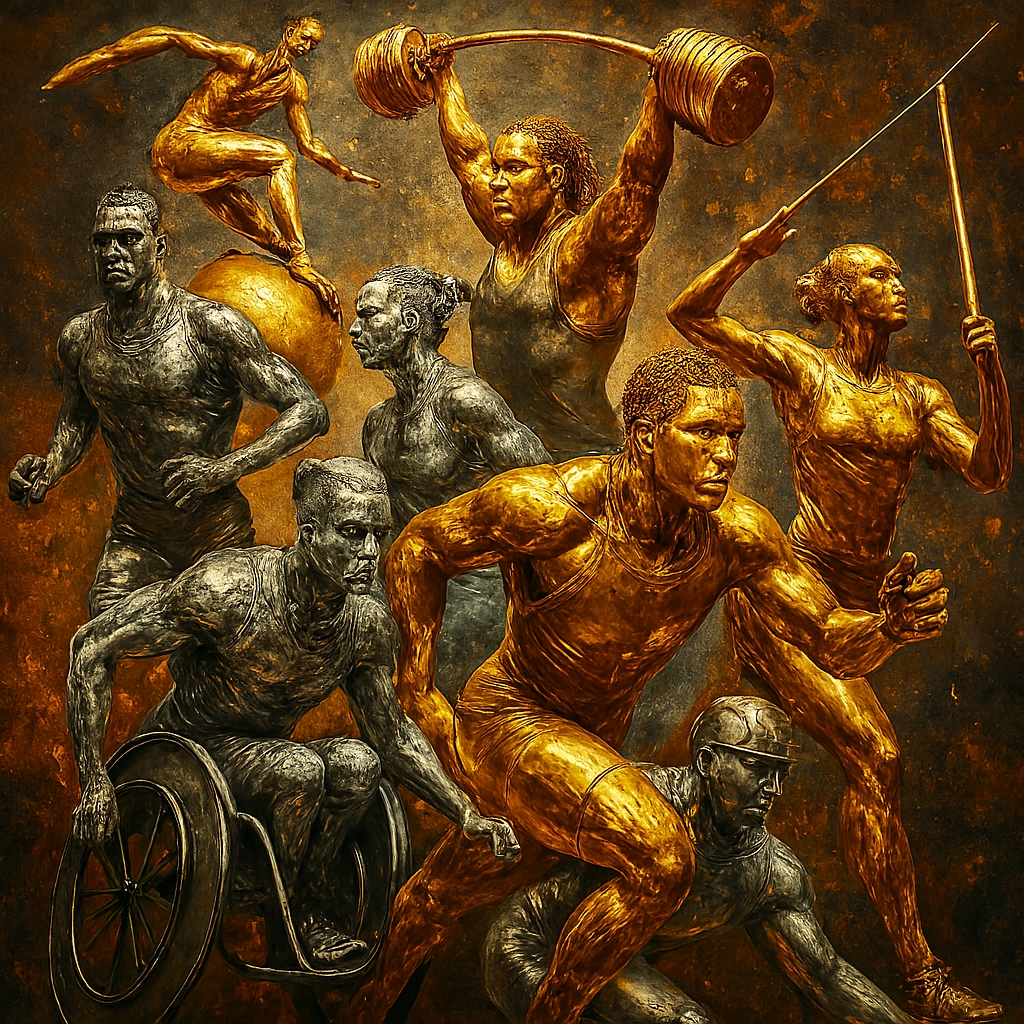

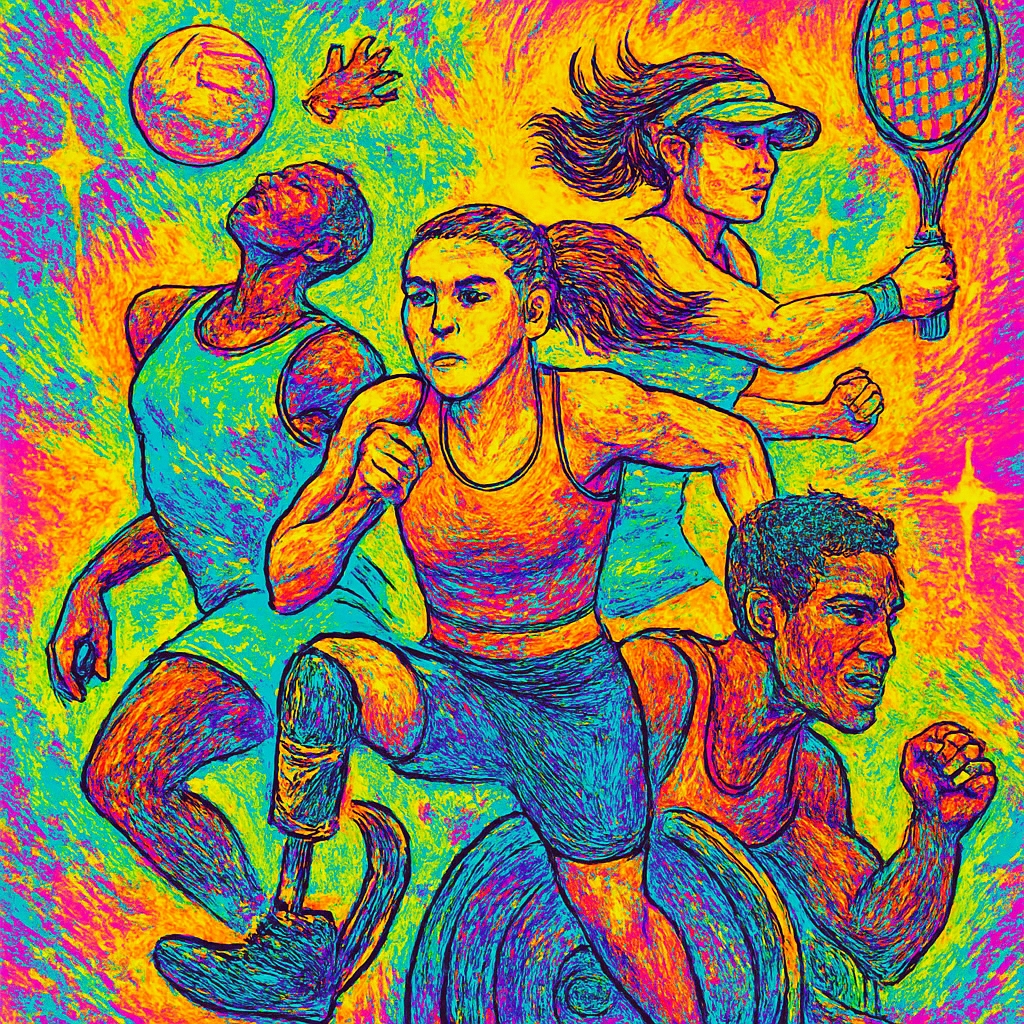
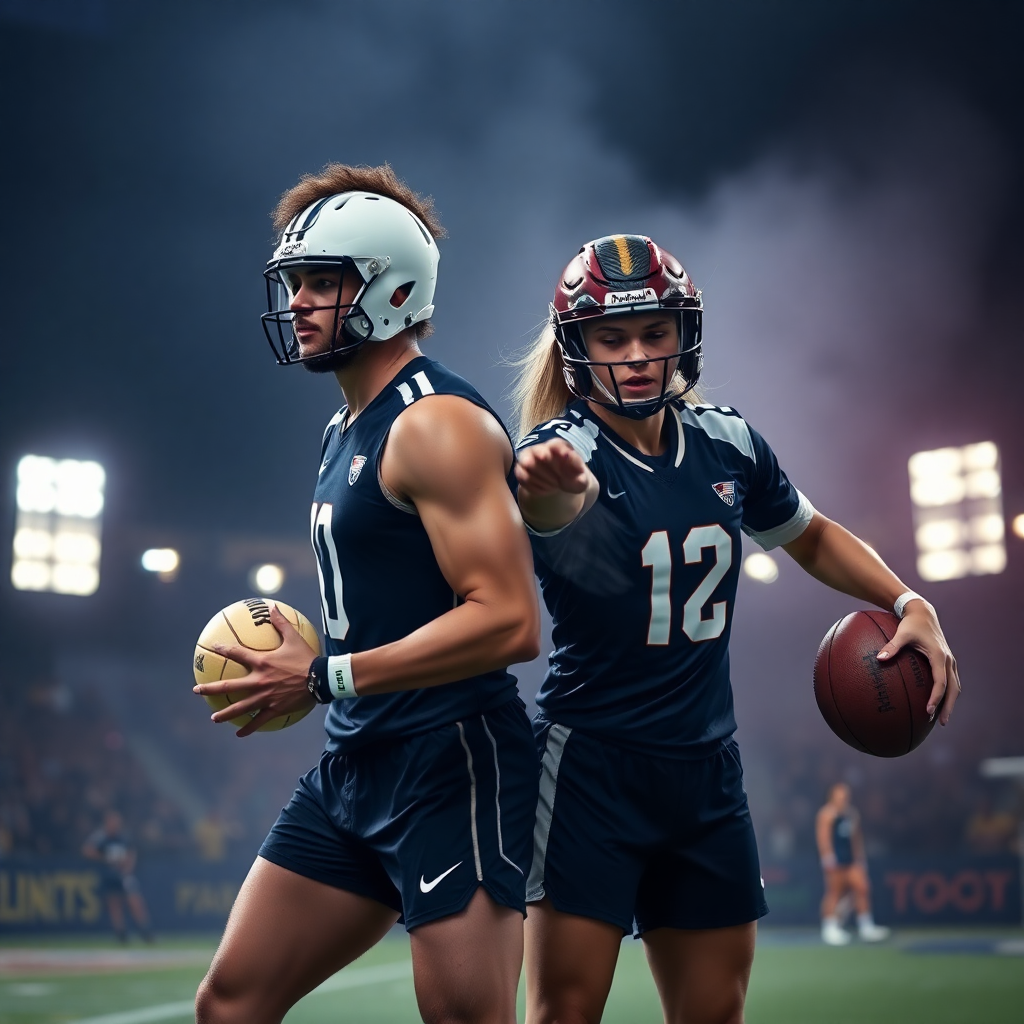



The Creative Relevance In Imagination Psychology Traditions
[…] Imagination becomes a tool for cultural preservation and innovation when relevance is maintained. Without cultural resonance, imagination risks alienation, failing to connect with collective meaning. Thus, relevance in imagination is deeply intertwined with cultural frameworks that sustain […]